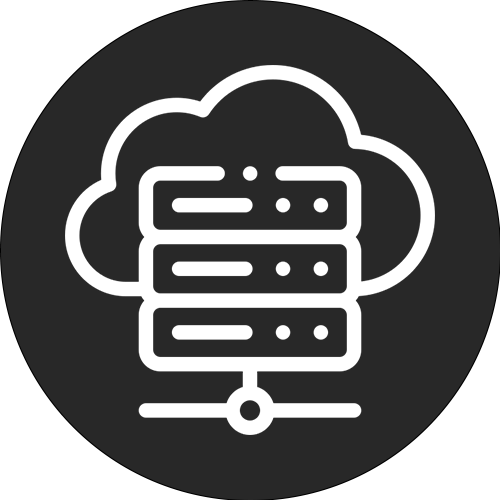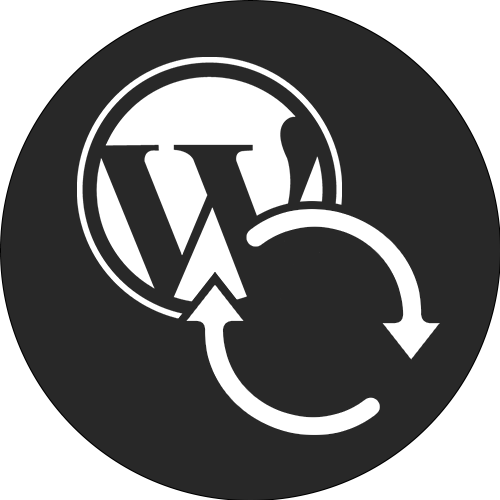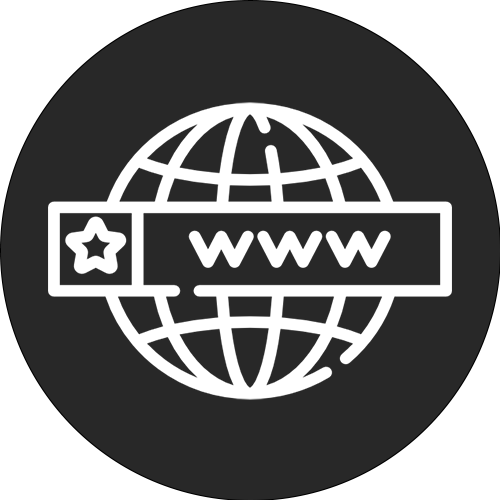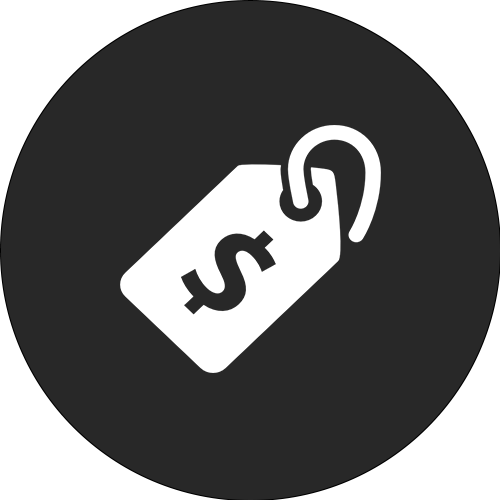# Turbocharge Your Website: Effective Hosting Strategies
## Table of Contents
1. Introduction
2. Choose the right hosting provider
- 2.1 Reliability and uptime
- 2.2 Scalability
- 2.3 Speed
3. Use a Content Delivery Network (CDN).
4. Optimize the website
- 4.1 Compress images
- 4.2 Minimize CSS and JavaScript
- 4.3 Use caching
5. Make use of an efficient database
6. Use an optimized theme or design
7. Keep the website up-to-date
8. Conclusion
## 1. Introduction
A fast website is essential in the modern online world. Visitors have little patience and want quick access to desired information. A slow website can cause potential customers to drop out and go to a competitor. Fortunately, there are several hosting strategies you can use to turbocharge your website and reduce load time. In this article, we will discuss some of these effective strategies.
## 2. Choose the right hosting provider
Choosing the right hosting provider is very important for a fast and reliable website. There are several factors to consider when choosing a hosting provider.
### 2.1 Reliability and uptime
A reliable hosting provider ensures that your Web site is available to visitors at all times. Check the hosting provider's uptime guarantee before making your choice.
### 2.2 Scalability
As your Web site grows, you may need more server resources. Choose a hosting provider that can easily grow with your Web site and scale up easily.
### 2.3 Speed
The speed of the server hosting your Web site affects the loading time. Choose a hosting provider with fast servers and a well-optimized infrastructure.
## 3. Use a Content Delivery Network (CDN)
A Content Delivery Network (CDN) can significantly improve the load time of your Web site. A CDN distributes your website content across different servers around the world, allowing visitors to load content from the nearest server. This shortens the distances that data traffic must travel and improves load times.
## 4. Optimize the website.
There are several optimization techniques you can use to improve the load time of your website.
### 4.1 Compress images
Large images can significantly slow down the loading time of your website. Compress images without losing quality to reduce the file size.
### 4.2 Minimize CSS and JavaScript
Unnecessary white space, formatting and code in CSS and JavaScript files can slow down the loading time of your website. Minimize and combine these files to make the website more efficient.
### 4.3 Use caching
Caching can dramatically reduce the load time of your Web site. By storing pages and files in the visitor's browser cache, they don't have to be downloaded over and over again each time they visit the website.
## 5. Make use of an efficient database
A well-optimized database can improve the load time of your Web site. Perform regular maintenance, remove unnecessary data and ensure an efficient database structure.
## 6. Use an optimized theme or design
A heavy or poorly optimized website theme or design can slow down the loading time of your website. Choose a lightweight and efficient theme or design to improve performance.
## 7. Keep the website up to date
Regular updates to your website, CMS and plugins are essential to improve security and performance. Outdated versions may contain vulnerabilities that can affect load times.
## 8. Conclusion.
Speeding up your website is critical to the success of your online business. By choosing the right hosting provider, using a CDN, optimizing the website and managing the database efficiently, you can drastically reduce load times. Don't forget to perform regular updates and make sure you have an optimized theme or design. With these effective hosting strategies, you can turbocharge your website and provide your visitors with a fast and optimal user experience.












